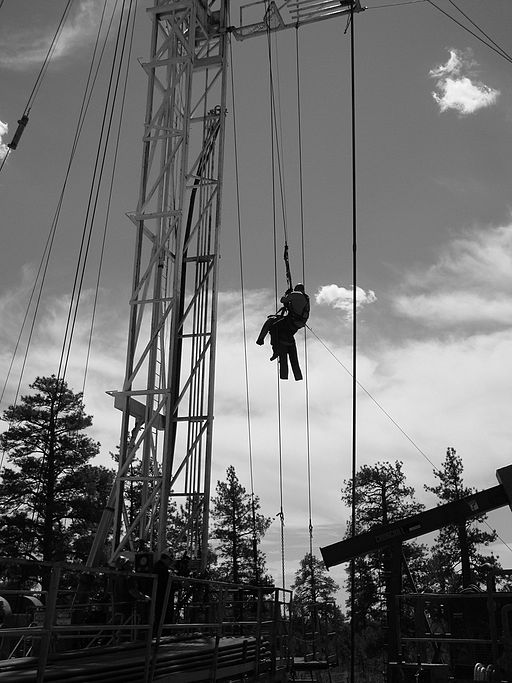
As a state, Texas is one of the largest homes of some of the most common locations for the oil and gas industry in the country. Yet, no matter how many jobs are created in that industry, these jobs are almost always among the most dangerous anywhere,
Government Statistics Point to a Problem
According to the Occupational Safety and Health Administration (OSHA), they cited oil and gas companies for 10,873 violations of workplace safety rules and regulations from 2008-2017, with 64 percent of them designated as “serious.” A “serious” violation is one that could result in death or other serious harm. In all, 552 accidents investigated by OSHA were targeted because they resulted in the death of a worker. In all, during that same period, there were 1,566 worker fatalities in the industry. Despite the number of reported violations, however, many OSHA officials suspect that only a fraction of injury accidents to oil field workers are even reported.
According to the Bureau of Labor Statistics (BLS), oil industry accidents are more likely to be fatal. The statistics for 2017 included the following fatalities and their causes:
- Transportation incidents, including pipelines, rails or barges: 45
- Contact with objects and equipment, including falling or unsecured objects: 15
- Fire and explosion due to the flammable materials: 10
- Exposure to harmful chemicals and/or hazardous environments, often amplified by lack of protective gear: 5
- Slips, trips and fall, possibly due to a lack of care, poor facility maintenance or unsafe machinery: 4
While the number of reported deaths and injuries to oil and gas workers varies widely from year to year, the 2017 totals were startling because they were nearly 30% higher than in 2016.
Employers Have a Duty to Keep Workers Safe. Mostly…
It is a fact that oil and gas drilling is an inherently dangerous activity, with a fatality rate nearly five times that of all other U.S. industries combined in 2014, which was the last time such rates on oil and gas extraction were published by the government. One reason for that is that the pressure to produce more and more oil and gas results in oil and gas companies cutting corners, according to many industry experts.
The work of extracting oil from locations that are often thousands of feet underground, in biting cold sometimes and sweltering heat other times, is never easy, but employers still have an obligation to reduce the risks to workers to the extent possible. The workers are mostly men, and they tend to be the types to like “hard work,” meaning work with inherent danger. Not everyone will do that type of work, so employers should always be doing their best to keep them healthy and working,
Despite the uniqueness of their industry, however, OSHA inspectors found thousands of hazards likely to result in “death or serious physical harm,” and 3 percent of those violations were classified as “repeat” violations, which means the company being cited had been cited for the same violation previously.
Too Many Employers Exempt?
The number of workers exposed to death, injury or illness in the oil and gas exploration and production industry continues to grow, especially in the always active Eagle Ford Shale and Permian Basin of West Texas and southeastern New Mexico, which accounts for more than half of operating drilling rigs nationwide. While Texas oil and gas extraction firms employ thousands more workers than they did a year ago, the bulk of the growth has occurred in support activities, including derrick operators, rotary drill operators, and similar workers. While OSHA has promised a crackdown on workplace safety enforcement in the oil and gas industry, that has not yet materialized.
Of course, the oil and gas extraction and production industry is largely exempt from key OSHA rules that apply to other industries. For example, such companies do not have to comply with the process safety management standard, which used to require that high-risk operations like refineries, chemical plants and the like adopt procedures to prevent fires, explosions and chemical leaks. That is because OSHA decided to exclude such companies from the original standard in 1992 because it had proposed a rule specifically aimed at drilling. That rule was killed by the George H. W. Bush White House. Bush previously run his own Texas oil company and was not particularly fond of the prospect of enhanced standards on the industry.
The International Association of Drilling Contractors has suggested that the removal of the exemption would do “little to improve safety,” but that it would impose “unnecessary regulatory burdens and ultimately … result in Americans being put out of work.” In addition, the American Petroleum Institute (API) has repeatedly fought to keep the status quo, pointing to what they refer to as the oil and gas industry’s relatively low injury rate. When there is an explosion that causes major damage to a plant and results in multiple fatalities, the scene is often nothing short of horrific.
